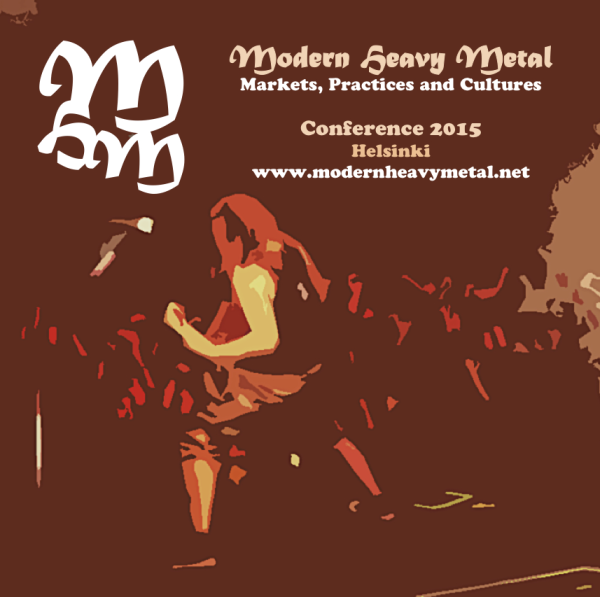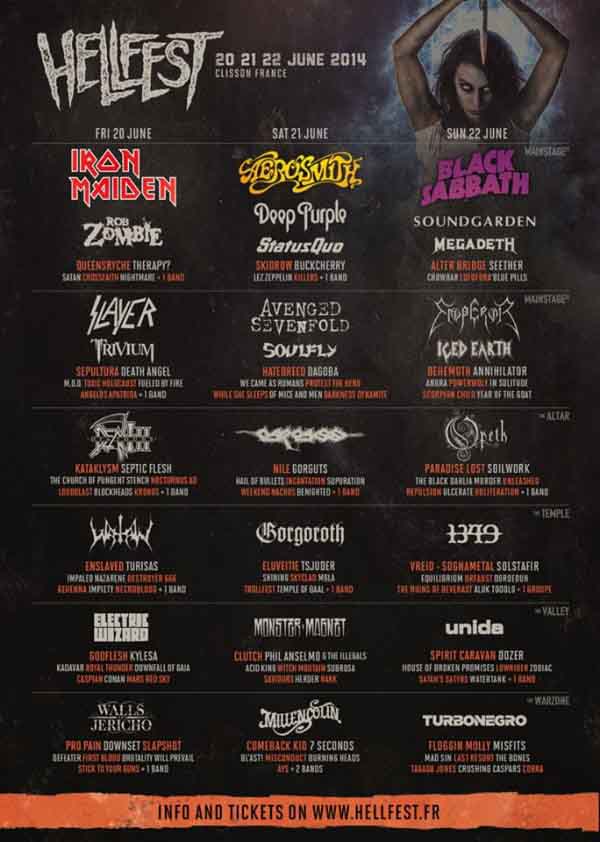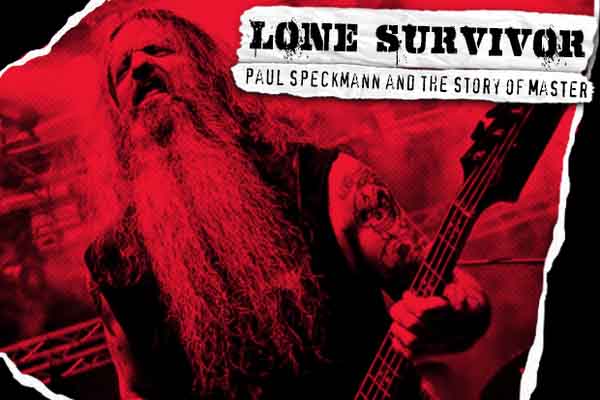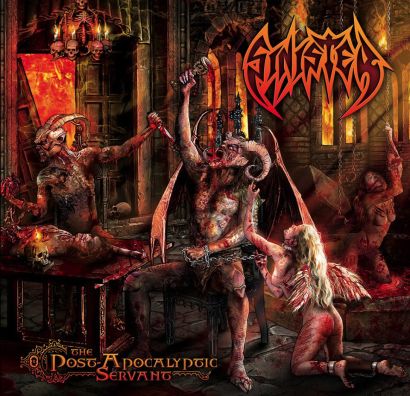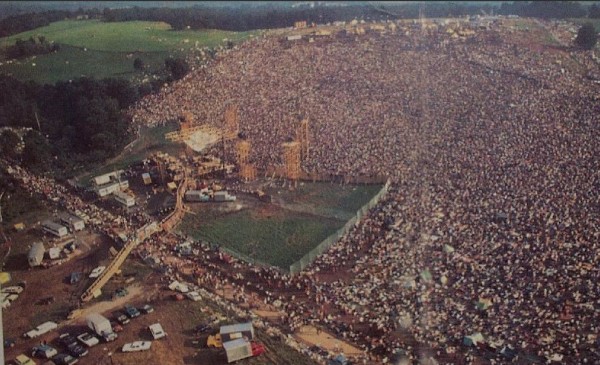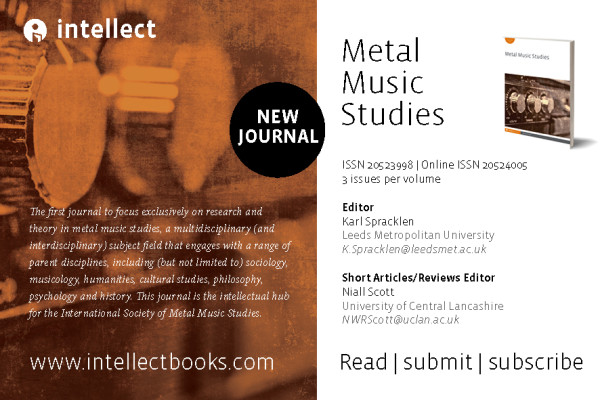The international academic research conference Modern Heavy Metal: Markets, Practices, Cultures has issued a “call for papers” or request that those of you with something to write on this topic announce your thesis and send in your paper(s). This conference is hosted by the Aalto School of Business in conjunction with the International Society for Metal Music Studies and will occur from June 8-12, 2015.
According to its description, the conference focuses on this nexus of metal’s growth: “The evolution of metal, as any other music genre, is impacted by the technological and economic revolution that has radically reshaped the forms of music production, delivery, consumption and culture – let alone the role of social media in communication, community building and fandom. Altogether, metal is embracing new fans and markets, creating new practices, forming new cultures, while treasuring the strong and polymorphous legacy of the genre.” To address this, the conference participants plan to analyze and explicate “the current standing of metal; the plethora of its forms, cultures, practices, and markets.”
For those who have an opinion on metal-as-industry as it has come about in the post-1994 years when it left underground and transitioned to being aboveground but a recognized “niche market,” much like in the 1970s, this conference is an excellent time to record those thoughts in orderly and studious fashion and present them to an audience of not just fellow metalheads but also academics and industry. The organizers invite input of many forms:
We are particularly interested in contributions shedding light on the markets, practices and cultures, faced by the metal practitioners and fans in the current multifaceted and global expression of heavy metal and its countless forms and sub-genres. The event is open not only for academics focusing on metal studies (in business studies, cultural studies, social sciences, humanities, musicology, arts, and other fields) but also for scholars from the wide range of popular music and popular culture studies. We warmly welcome also views from “the outside” to discuss and compare metal with other genres and cultural forms and helps in positioning metal in the bigger picture of cultural production and consumption.
The suggested themes include (but are not limited to):
- Metal music industry and markets; global and local views, formation and structure of markets, entertainment and cultural industries
- Metal management; strategic thinking, branding, visual communication in metal, metal export/import, leadership and roles, creative management
- Metal practices; music, production, technology, performance, delivery
- Metal cultures; fandom and fan communities, local communities, transnational/global communities, tribalism metal and social media, mainstream and subcultures, metal generations, gender and metal, artistic identity
- Form and philosophy of the metal genre
- Sound and structure of metal music
- Metal narratives, lyrics, and storytelling
- Metal and belief systems, metal and religion
- Politics, ethics and moral of metal
- Artistic and aesthetic considerations; metal (in) art, metal representations, aesthetic experience, bodily experience
- History, present and future of metal; transformations of the genre
- Scope and methods of metal studies
- Metal on the borderline; positions and connections of metal within the popular music and popular culture context
- Various topics exploring the phenomena and representations of metal and related genres.
Alongside with more traditional research papers, novel and creative approaches to research are strongly encouraged. Theoretical reviews, practical case studies, conceptual studies, methodological papers, ethnographical reports, lyrical and visual analyses, qualitative and quantitative approaches, and various other forms and approaches are supported. With the long abstract and paper process, we hope that many new studies get ignited and completed for the conference.
Please note that the paper review process comprises two stages: abstract and full paper. Final acceptance is based on the full paper.
For more information, see the Call for Papers announcement.
4 CommentsTags: academia, international society for metal music studies, metal academia, metal industry
